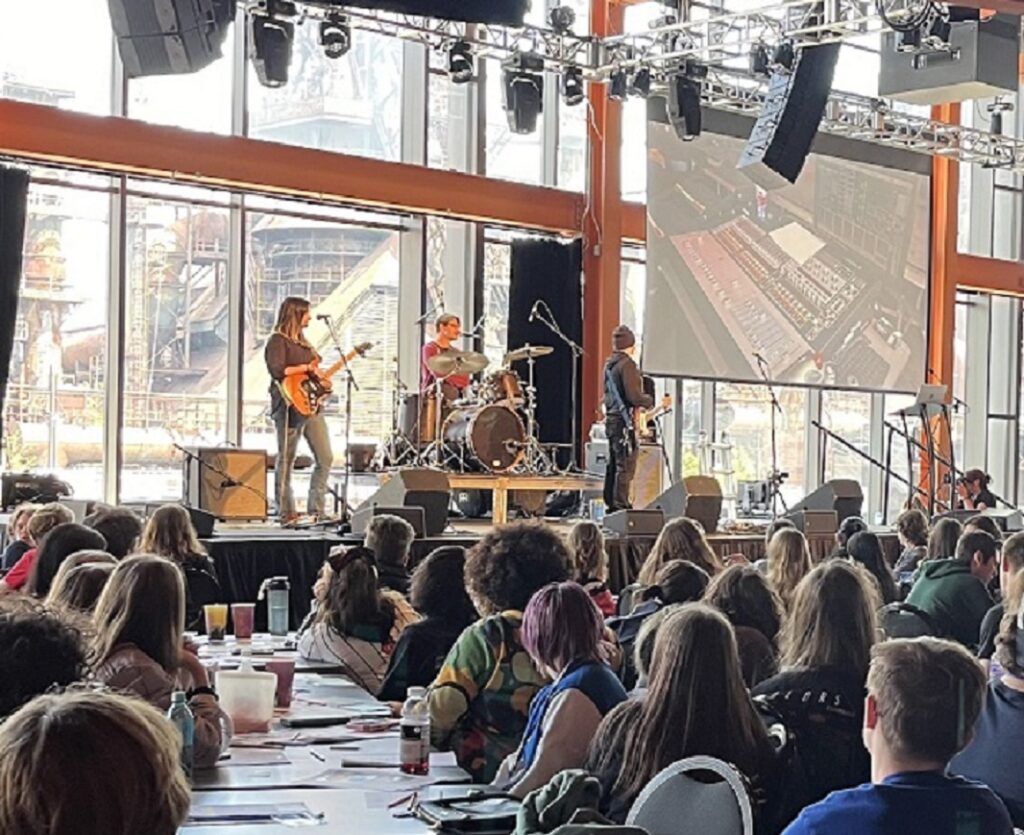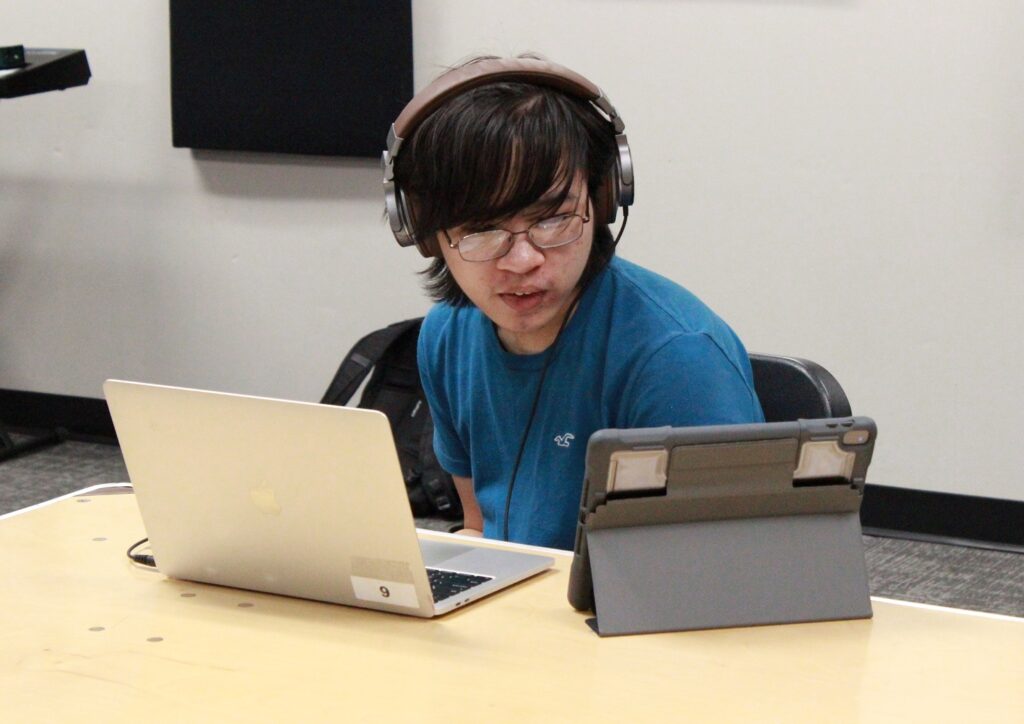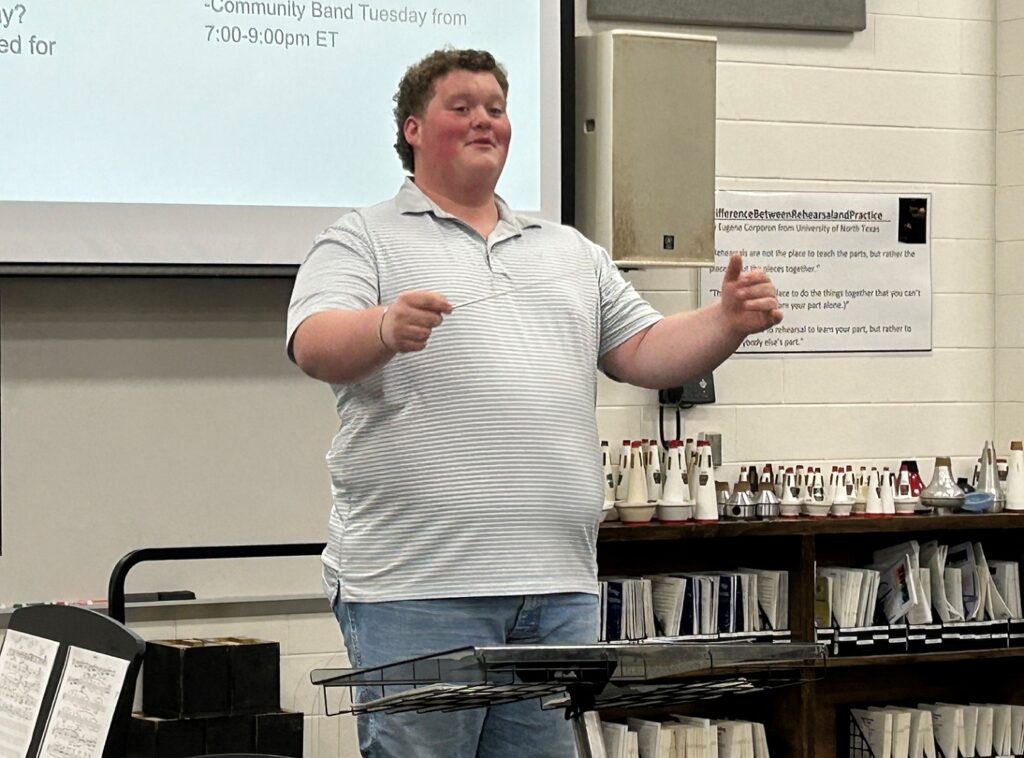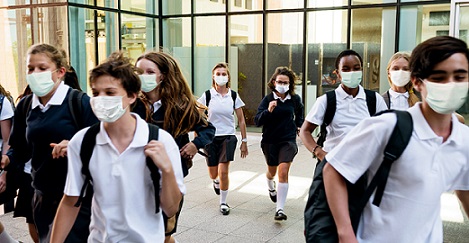Status of Music Education in Public Schools
A study of 2019 data that looked at access to and participation in music and arts education in K-12 public schools showed that while 92% of students have access to music education, more than 3.5 million students do not.
For the first time since the Every Student Succeeds Act (ESSA) — which spelled out that music and the arts were part of a well-rounded education — became federal law in December 2015, a comprehensive study of the status and condition of music and arts education in public schools has been conducted. The Arts Education Data Project (AEDP) looked at data reported by school districts in 2019 and found that while 92% of public school students do have access to music education, more than 3.6 million students do not, and that over 2 million students do not have access to any arts education (dance, music, theater or visual arts).
The study also noted that a disproportionate number of these students without access to arts education are concentrated in major urban or very rural areas where the majority of students are Black, Hispanic or Native American, and at schools with the highest percentage of students eligible for free/reduced-price meals.
Together with the State Education Agency Directors of Arts Education and Quadrant Arts Education Research, AEDP has published the National Arts Education Status Report Summary 2019. The report took information from 30,633 schools in 7,015 districts from 17 states. These states’ 18 million students represent 36% of the total U.S. public school student population during the 2018-2019 school year. Taking the data collected along with numbers from the National Center for Education Statistics, the report was able to project the number of students and public schools across the United States that do not have access to music or the arts.
Music Education in Public Schools
Findings about music education in public schools from the report include:
- 92% of all students have access to music education during the school day.
- 49% of all students participate in music education during the school day.
- 8% of all students have no access to music education during the school day.
- Music education is available from elementary through high school with the highest participation in elementary schools because many states require participation at this level.
Arts Education in Public Schools
When looking at access to arts education, the report found:
- 96% of all students have access to arts education during the school day.
- 67% of all students participate in arts education during the school day.
- 4% of all students have no access to arts education during the school day.
Spreading the Word
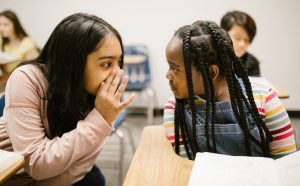 The report was released just prior to the National Association of Music Merchant (NAMM) Music Education Advocacy Hill Day in mid-September 2022, so members and advocates of arts education as well as industry representatives could share this data as they traveled to Washington, D.C., to talk to members of Congress and their aides about the need to support music and arts education. Read Yamaha Education Marketing Manager, Heather Mansell’s five takeaways from her trip to D.C.
The report was released just prior to the National Association of Music Merchant (NAMM) Music Education Advocacy Hill Day in mid-September 2022, so members and advocates of arts education as well as industry representatives could share this data as they traveled to Washington, D.C., to talk to members of Congress and their aides about the need to support music and arts education. Read Yamaha Education Marketing Manager, Heather Mansell’s five takeaways from her trip to D.C.
Music and arts educators are encouraged to participate in the Arts Education Data Project, and to work with their administration and district leaders to ensure that they apply for available Title I and Title IV Part A funds to support and expand music and arts programs.
Share the National Arts Education Status Report Summary 2019 with fellow teachers, administrators, school board members and elected legislators.










